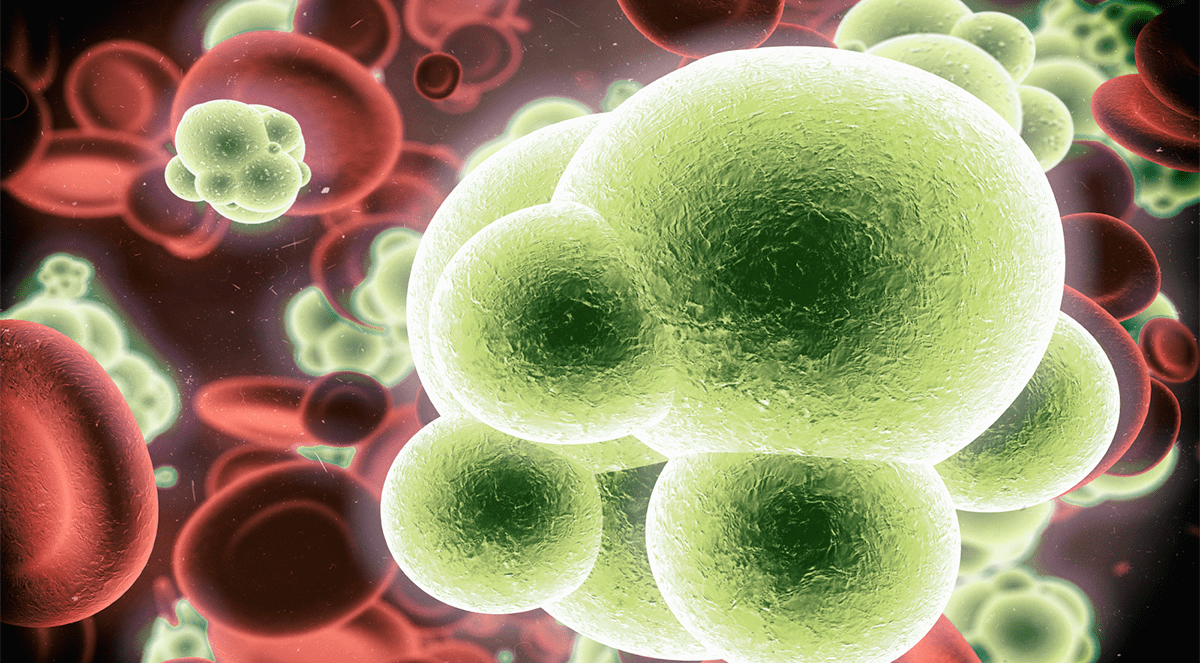Including carbapenem-resistant Gram-negative bacteria (CRGNB), the gut microbiome may be transformed into a reservoir of resistant organisms after antibiotic exposure. Little is understood about the risk of CRGNB infections in neonates and young children or the natural history of spontaneous decolonization of CRGNB. Colonized patients (1 day to 16 years old) admitted to a tertiary care hospital from January 2018 to December 2019 were prospectively followed with monthly rectal cultures until decolonization (3 consecutive negative rectal cultures, more than equal to 1 week apart) after discharge. Detailed information about patients’ backgrounds, health, and CRGNB infections was logged. Patients who were colonized after 3 negative cultures had a polymerase chain reaction for carbapenemases performed on the day of the last negative culture and the day of the first positive culture. About 130 patients, including 66 neonates, were analyzed (median age, 1.3 months; lower-upper quartile values, 0.8-6.9 months) (median age, 12.6 days; Q1–Q3, 5–18.5 days). Within 6 months, decolonization was achieved by 51.6% of patients older than 30 days and by 91% of neonates. About 89% of more than 30-day-olds and 100% of neonates were decolonized by the 12th month. Infections caused by CRGNB occurred in 44 patients (33.9%), most commonly pneumonia (25%) and bloodstream infection (20.5%) in patients aged more than 30 days and 9% in neonates. Risk factors for CRGNB infection included prolonged colonization (odds ratio [OR] 7.75; 95% CI 2.10-28.58), use of broad-spectrum antibiotics (OR 1.22; 95% CI, 1.11-1.34), and parenteral nutrition (OR 4.53; 95% CI, 1.14-17.94). After 3 negative cultures, polymerase chain reaction revealed that 2 patients (1.5%) were colonized. Most CRGNB colonized for more than 30 days, and all neonates decolonized spontaneously within 12 months. Around 30% of colonized people get CRGNB infection(s). These results have implications for the management of pediatric patients colonized with CRGNB, specifically regarding selecting the optimal duration of contact precautions and using empirical antimicrobial therapy.
Source: journals.lww.com/pidj/Abstract/2022/08000/A_Longitudinal_Study_of_Spontaneous_Gut.9.aspx


